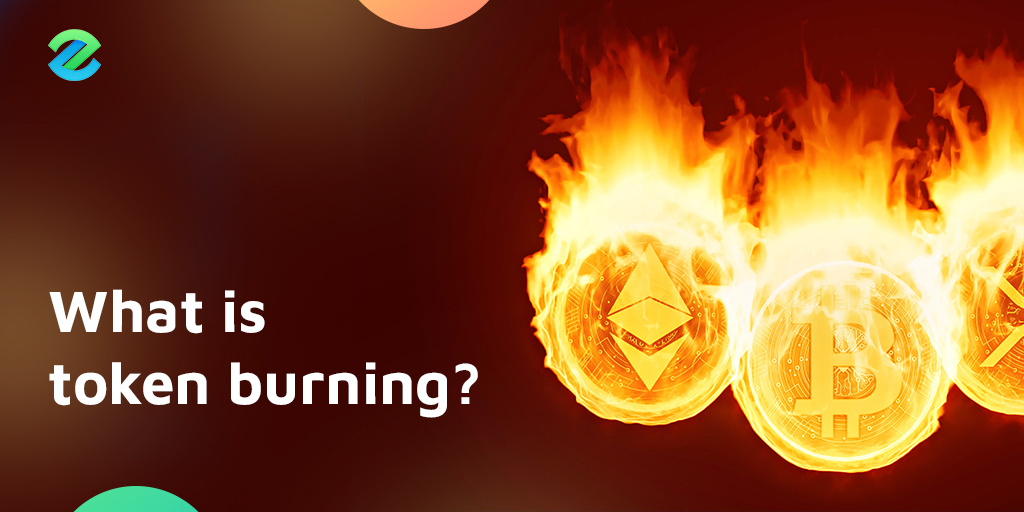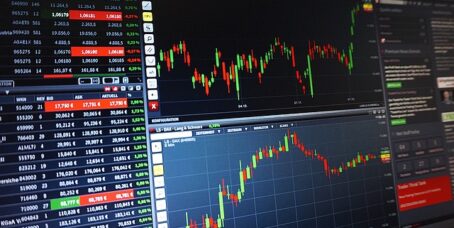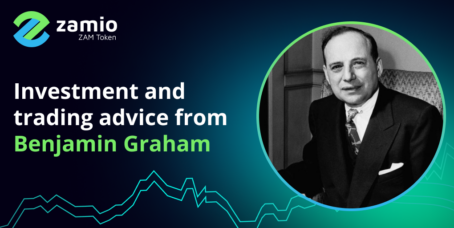Tokens that exist in the market and exchange hands between traders are part of the current circulating supply. Token burning is a permanent removal of coins or tokens from circulation. The project developers move the tokens to a digital wallet address where no one has access to its private key.
There are two ways developers can permanently reduce the supply of tokens. The first way is to purchase the existing coin or token from the market, a process called buy-back. The second is to burn unissued or reserved tokens that are not part of the circulating supply and therefore don’t yet exist in the market. To learn more, read: the difference between circulating supply, total supply, and max supply.
One common reason to burn tokens is increasing the token value reflected in its price appreciation. As the supply of tokens increases, the value decreases, and the opposite holds. Some cryptocurrencies such as Binance burn tokens quarterly to incentivize their investors and retain them for the long term.
The Ripple network burns tokens to combat inflation and preserve the token value of holders. Ripple does this by burning part of the commissions earned on each transaction. Other reasons for token burning include rewarding token holders and the removal of unsold tokens after ICO. Other projects such as Cardano have a strict policy when it comes to token burning. They may only do so to reverse errors they may undertake.
Lastly, token holders may voluntarily burn their own tokens by sending them to the burn address, but who would want to do that? Token burning may boost the value of the project, but it doesn’t guarantee its success in the future. Always check the value of the market cap and the total supply and circulating supply of tokens if they make sense before you invest in a crypto project.









